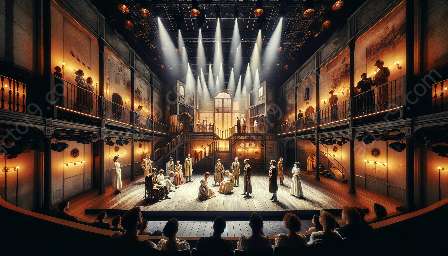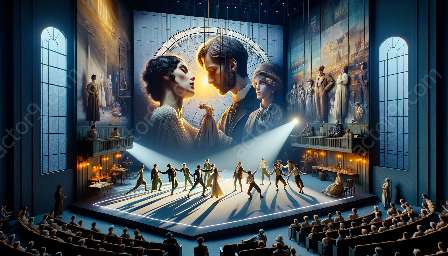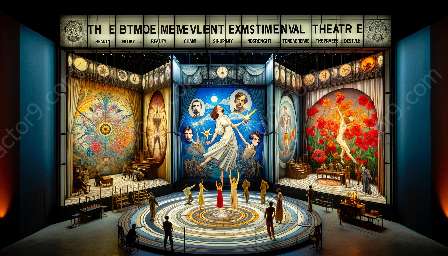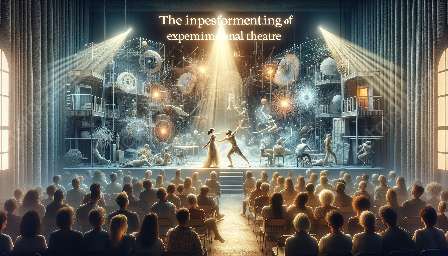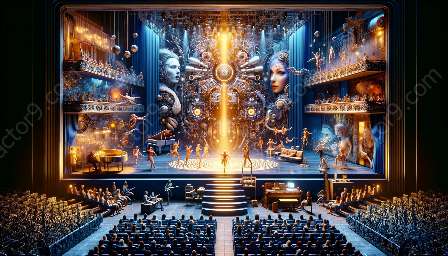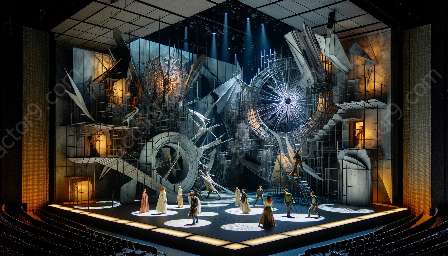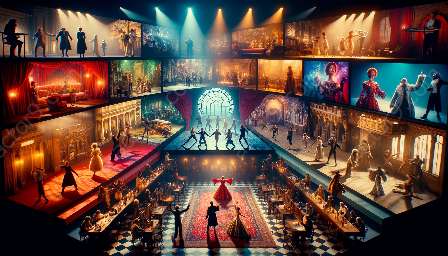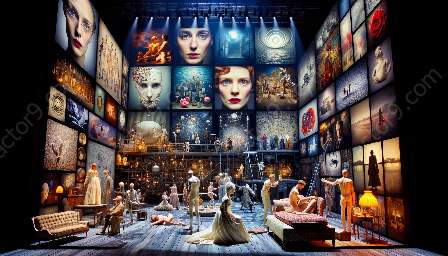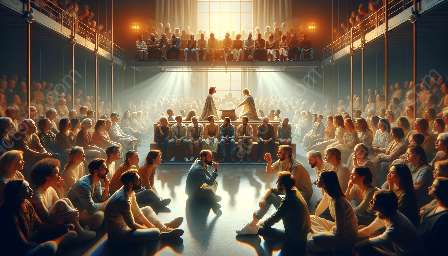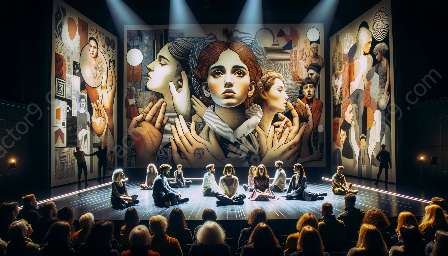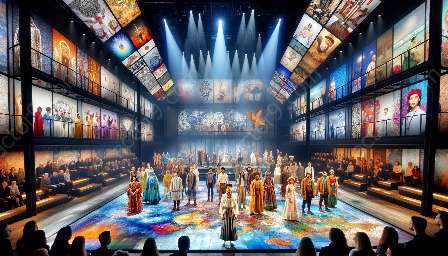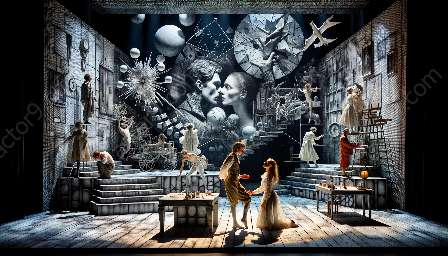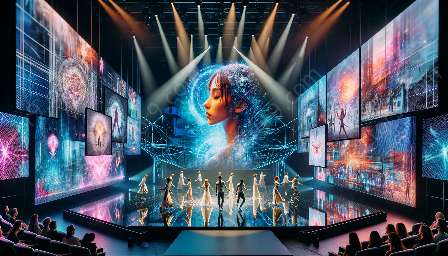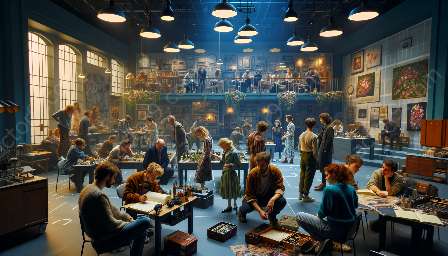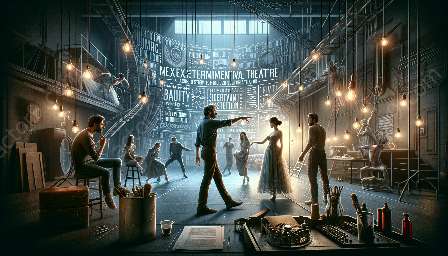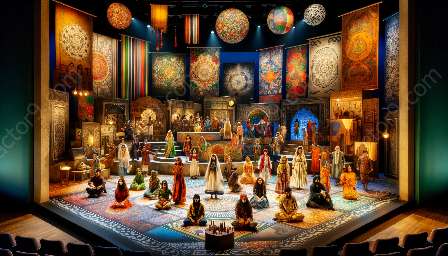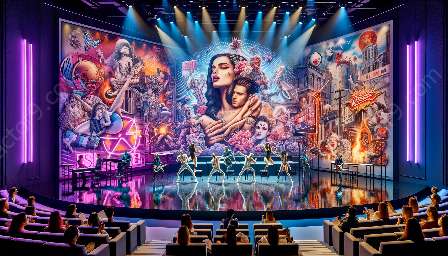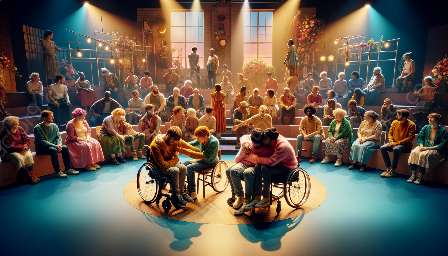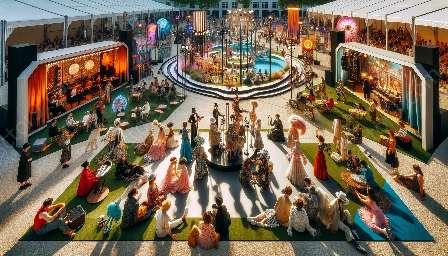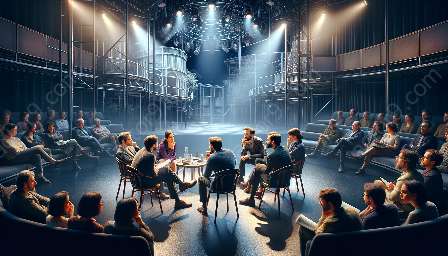Experimental theatre is a form of performance that pushes the boundaries of traditional theatrical conventions, often incorporating unconventional themes, narratives, and devices to create a unique and immersive experience for the audience. In this context, the role of sensory elements such as sound, lighting, and tactile experiences becomes crucial in engaging and captivating the audience.
Understanding Audience Reception and Engagement in Experimental Theatre:
Before delving into the specific impact of sensory elements, it is important to understand the nature of audience reception and engagement in experimental theatre. Unlike conventional performances, experimental theatre aims to challenge preconceived notions of storytelling, character development, and stagecraft. This often requires the audience to actively participate in the interpretation of the performance, making their engagement a more complex and interactive process.
Experimental theatre encourages audiences to be open to diverse experiences, embrace ambiguity, and question established norms. Therefore, the engagement of the audience in experimental theatre is not solely dependent on the narrative or dialogue but extends to the overall sensory experience and the emotions evoked by the performance.
Role of Sound in Engaging the Audience:
Sound plays a fundamental role in creating atmosphere, setting the mood, and conveying emotions in experimental theatre. The strategic use of sound effects, music, and even silence can significantly impact the audience's emotional and psychological responses to the performance. Innovative sound design can transport the audience into different psychological states, intensify dramatic scenes, and create a visceral connection to the narrative.
In experimental theatre, sound is not limited to dialogue delivery but is integrated into the fabric of the performance, enveloping the audience in an immersive sonic landscape. This multidimensional approach to sound engages the audience on a subconscious level, triggering emotional and physiological responses that enhance their overall experience.
Impact of Lighting on Audience Engagement:
Lighting design in experimental theatre goes beyond illumination; it becomes a potent tool for guiding the audience's attention, signaling transitions, and shaping the visual dynamics of the performance space. By manipulating light and shadow, experimental theatre can alter the audience's perception of time, space, and mood, creating an environment that transcends traditional stagecraft.
Dynamic lighting schemes can disrupt conventional viewing patterns, challenge the audience's visual expectations, and immerse them in a visually stimulating experience. Whether through bold contrasts or subtle shifts, lighting captures the audience's gaze, deepening their engagement with the unfolding narrative and thematic elements of the performance.
Tactile Experiences and Emotional Connection:
Engaging the audience in experimental theatre extends beyond visual and auditory stimuli; tactile experiences play a pivotal role in forging a tangible connection between the performance and the audience. Whether through interactive set designs, unconventional props, or sensory installations, experimental theatre invites the audience to physically engage with the performance environment.
Tactile experiences not only stimulate the audience's sense of touch but also evoke emotional responses and provoke introspection. By breaking the traditional barrier between the stage and the audience, experimental theatre fosters a more intimate and immersive experience that transcends passive observation.
Enhancing Audience Immersion and Participation:
Collectively, the integration of sound, lighting, and tactile experiences in experimental theatre enhances audience immersion and participation. By appealing to multiple senses, experimental theatre creates a more encompassing and interactive experience for the audience, encouraging them to become active participants in the unfolding narrative.
These sensory elements contribute to the construction of a multi-layered performance environment that challenges the audience's perception, triggers emotional responses, and fosters an enhanced level of engagement. As a result, experimental theatre becomes a dynamic platform for forging deeper connections between the audience and the art of storytelling, pushing the boundaries of traditional theatrical reception and paving the way for innovative and transformative experiences.

